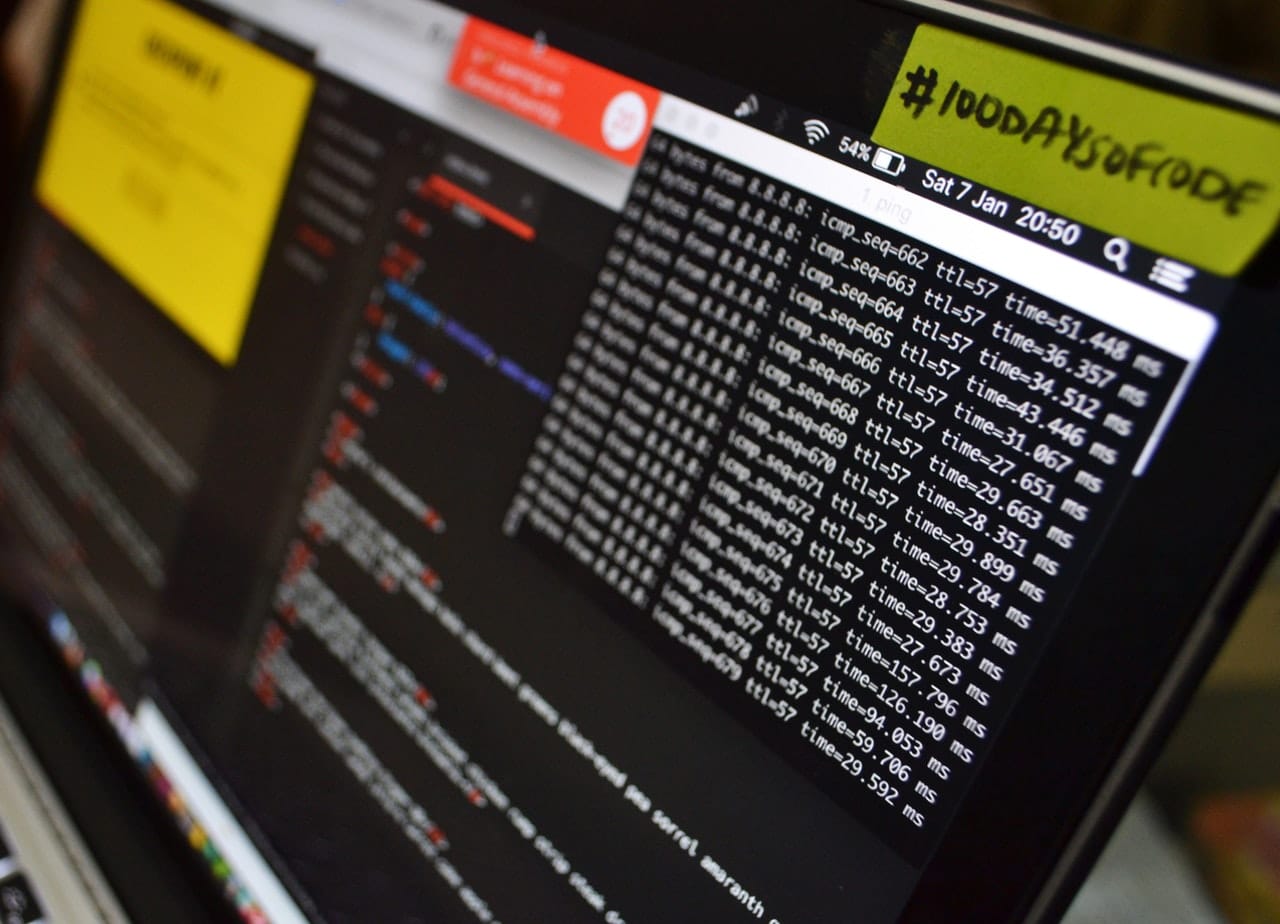Technologies such as Blockchain, big data analysis, mobile computing, and the Internet of Things (IoT) are reinventing the way businesses and non-profit organizations handle their activities from decision making to client service. The automation of nearly every business process and the ever-increasing digital connectedness of the value chain brings agility. However, these elements raise cybersecurity risks and threats significantly.
For businesses of all sizes, ‘digital transformation’ is a catch-all term that describes an array of changes taking place. From new businesses that are cloud tech native and taking full advantage of the cloud tech flexibility, to traditional companies that are gradually evolving using technology at small scale, digital transformation has different meanings to different people. According to IDC, the global digital transformation related expenditure is likely to hit $1.7 trillion by the end of 2019. This is approximately an increase of 42% compared to 2017 numbers.
Organizations that use their information effectively are more likely to achieve double profitability of businesses that prefer traditional approaches. But in a rush to embrace digital transformation, it’s important to consider the growing importance of data security and use the right skills particularly around the areas like security and compliance.
IMAGE: PEXELS
The It Challenge – More Moving Parts
The paradigm shift from on-premises IT environment to several cloud eco-systems can offer better digital services and offer increased value. However, a fundamental shift in security and overall IT operations is necessary.
With numerous moving parts – some of them are managed and owned internally, and some belong to a third-party – a higher level of transparency around the data security measures is required. This is what inspires a higher level of security confidence with the developer, and IT teams to iterate faster.
The primary obstacles to securing digital transformation are both cultural and functional. The number of functional security service providers has been increasing, and each of them has favorite tools and specific processes. In any IT security department, this may be acceptable. When there are many teams responsible for particular parts of IT stack, the chances are that the entire system becomes overly complicated and fragile.
Besides, this abundance of security systems and tools is made more challenging by the shortage of professional cybersecurity practitioners that can efficiently run and probably collaborate with other teams too.
A Better View Of Data Security
For organizations managers and owners, the implementation of GDPR (European Union’s General Data Regulation) and the advent of digital transformation have both helped elevate data security to a board-level. Given this high standard of scrutiny, all company CEOs and managers are encouraged to make data security a focus point. A study carried out by BT reveals that an increasing number of CEOs rate data security as ‘very crucial’ in helping their companies achieve their desired level of digital transformation.
To achieve success in their quest for digital transformation, companies must retool themselves and overhaul their process to make them more secure by design. Recent technology philosophies such as Agile and DevOps offer an opportunity to create a secure lifecycle that exists around a company’s IT use. By incorporating the right security processes into the could tech resources, businesses can make their data and overall workflow deliver security into the fabric of its architecture from the beginning.
To get this level of oversight and security, there is a need to make the security objectives and goals clear to everyone while enabling those processes to run efficiently. It requires making your company’s security management more than just a simple blocker for less efficient software. Instead, it’s about making the data and other related services available promptly within those workflows – a process known as transparent orchestration.
As businesses and other organizations look to digital transformation, they must also think about the data security and overall security transformation. Instead of being guardians and gatekeepers, IT security teams must offer guidance and best practices to all relevant users across the company and make sure that those rules are enforced correctly.
If you are interested in even more technology-related articles and information from us here at Bit Rebels then we have a lot to choose from.


COMMENTS